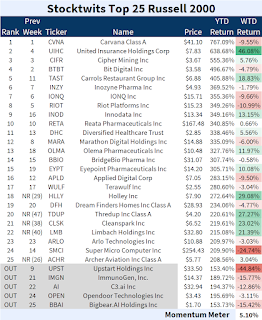Gold as inflation hedge and retain monies
On April 1st, 2019 gold was reclassified as a Tier 1 asset after having been a Tier 3 asset under previous Basel Agreements.
This means that it is recognized as a high-quality liquid asset (HQLA).⁴ This is why we believe commercial banks will move to holding more gold.
Gold has several characteristics that could make it an attractive addition to a bank's balance sheet, particularly during inflationary or stagflationary times:
- Zero counterparty risk: Gold does not rely on the creditworthiness of any institution or government, which means there is no risk of default associated with it. This can be appealing to banks, especially during times of economic uncertainty or stress.
- Hedge against inflation: Gold has historically been seen as a hedge against inflation because its value tends to rise when the purchasing power of fiat currencies declines. In an inflationary environment, holding gold could help banks protect their balance sheets from the eroding effects of inflation.
- Diversification: Adding gold to a bank's balance sheet can provide diversification benefits, reducing the overall risk of the portfolio. In times of market stress or uncertainty, gold can sometimes act as a safe-haven asset and maintain or increase its value when other assets are under pressure.
- Store of value: Gold has been a store of value for centuries and is widely recognized as such. This makes it a reliable long-term asset to hold as part of a bank's balance sheet.
- Restore confidence: As bank runs become more common, depositors seek banks with balance sheets that hold non-correlated assets.

.png)
.png)

Comments
Post a Comment